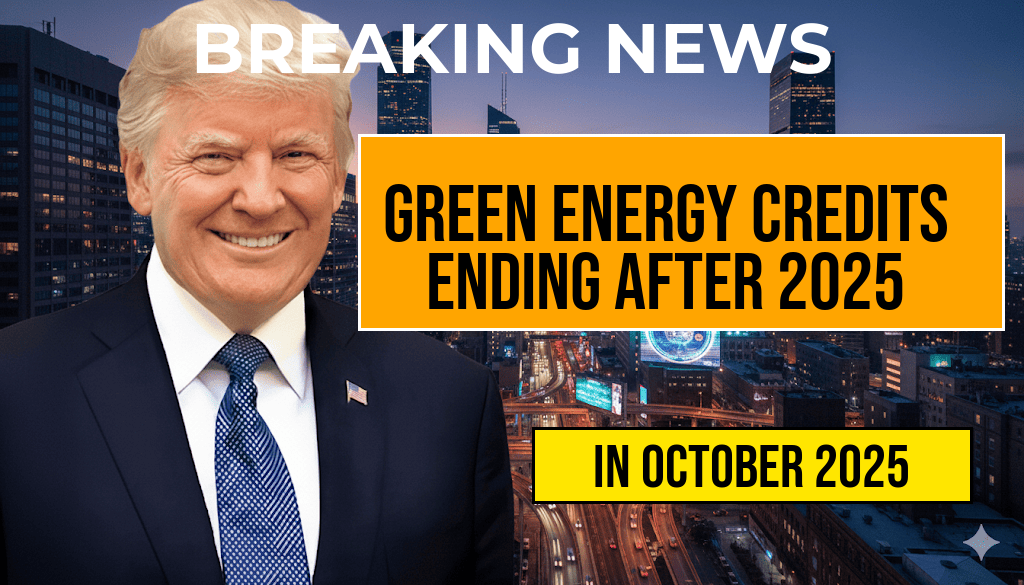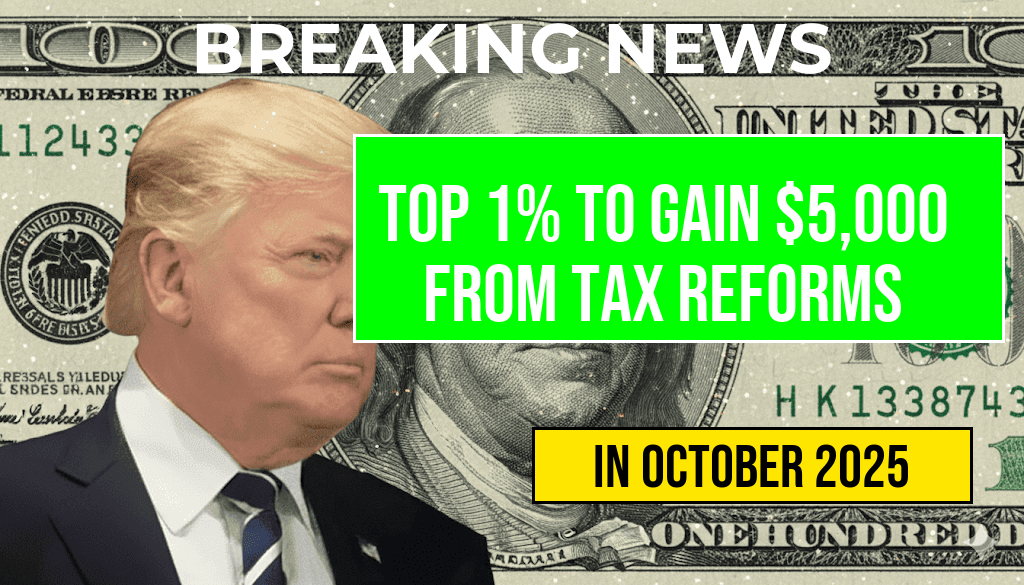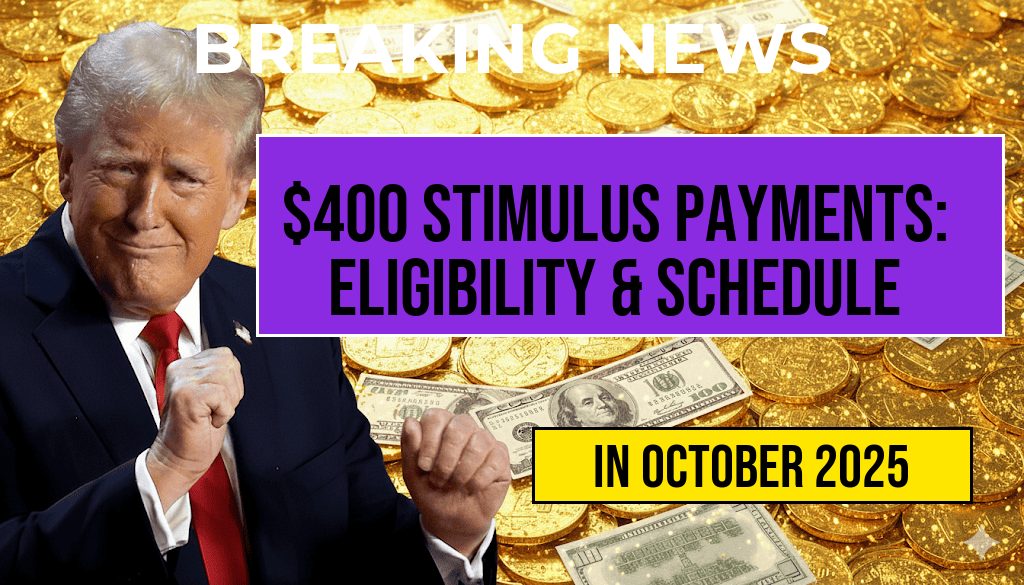Homeowners considering investments in renewable energy should be aware that key green energy tax credits available for residential solar, wind, and other clean energy systems are set to expire after 2025. This impending change could significantly impact the financial attractiveness of installing renewable energy solutions in the coming years. While these incentives have helped accelerate the adoption of clean technologies nationwide, policymakers are now indicating a shift in federal support, prompting homeowners to act sooner rather than later to maximize savings. Understanding which credits are phasing out, what options remain, and how this transition might influence future incentives is essential for making informed decisions about renewable energy investments.
Overview of Current Residential Tax Incentives
The U.S. government has historically promoted renewable energy adoption through various tax incentives designed to lower upfront costs for homeowners. The most prominent of these has been the Investment Tax Credit (ITC), which provides a significant percentage of the installation costs as a direct tax credit. As of 2023, the ITC offers a 30% credit for solar energy systems installed in residential properties, with scheduled reductions in subsequent years.
Additionally, some states and localities supplement federal incentives with their own rebates and credits, further reducing the financial barrier for homeowners. Programs such as the Renewable Energy Tax Credits and utility rebates have contributed to a surge in residential renewable installations over the past decade.
Key Dates and What’s Changing
Expiration Timeline for Federal Incentives
| Year | Tax Credit Percentage |
|---|---|
| 2023–2025 | 30% |
| 2026–2027 | 26% |
| 2028 and beyond | 0% |
The current 30% ITC applies to systems installed through 2025. Starting in 2026, the credit drops to 26%, and unless new legislation extends or modifies these incentives, the credits will phase out entirely after 2027.
Other credits, such as the Residential Energy Efficient Property Credit, may follow similar timelines, but specific details vary by technology and program. Homeowners should monitor updates from the U.S. Department of Energy for the latest information.
Impacts of the Phase-Out on Homeowners
The scheduled expiration of these credits could lead to a decline in the number of new residential renewable energy projects, especially for those on the fence due to cost considerations. Experts suggest that the potential savings from the federal incentives have been a decisive factor in many homeowners’ decision to install solar panels or other renewable systems. As these benefits diminish, the upfront costs may appear less manageable without comparable state or local support.
However, some industry analysts believe that falling equipment prices and advancements in technology may offset the loss of federal incentives over time. Nonetheless, the immediate effect will likely be a rush of installations before the incentives decrease, creating a window of opportunity for proactive homeowners.
Alternative Incentive Options and Future Outlook
State and Local Programs
- State rebates: Several states continue to offer cash rebates or property tax exemptions for renewable installations, such as California’s Solar Rebate Program or New York’s NY-Sun Initiative.
- Utility incentives: Local utility companies may provide additional credits or discounts tailored to residential solar systems, often based on the size or output of the system.
- Performance-based incentives: Programs that reward homeowners based on energy production or savings may become more prevalent as federal support wanes.
Policy Developments and Industry Trends
Legislators are actively debating extensions and enhancements to current incentives, recognizing the importance of renewable energy for climate goals and economic growth. Proposed bills aim to extend the ITC beyond 2027 or replace it with new mechanisms such as performance-based incentives or tax credits for energy storage.
Meanwhile, advances in photovoltaic technology and declining hardware costs are making residential renewable systems more affordable regardless of incentives. Homeowners considering installations should evaluate current market prices and potential future savings, possibly consulting with licensed contractors or energy advisors.
Action Steps for Homeowners
- Assess current eligibility: Review available federal, state, and local incentives to determine timing and qualification criteria.
- Act promptly: For those planning to install solar or other renewable systems, initiating projects before the end of 2025 can secure maximum federal benefits.
- Explore financing options: Low-interest loans, leasing, or power purchase agreements (PPAs) can help reduce upfront costs, especially as incentives decrease.
- Consult professionals: Engage with licensed solar installers or energy consultants to understand the best timing and technology options.
With the sunset of federal residential tax incentives on the horizon, homeowners have a limited window to capitalize on current support programs. While the landscape may evolve with new policies and declining hardware costs, proactive planning can help maximize financial benefits and accelerate the transition to cleaner energy sources.
Frequently Asked Questions
What are Green Energy Credits and how do they benefit homeowners?
Green Energy Credits are incentives provided through tax credits that reduce the overall cost of installing renewable energy systems, such as solar panels, on residential properties. They encourage homeowners to adopt sustainable energy solutions by making these upgrades more affordable.
When do the Residential Tax Incentives for green energy expire?
The current Residential Tax Incentives for green energy are set to expire after 2025. Homeowners planning to take advantage of these benefits should consider installing qualifying systems before the deadline to maximize savings.
How will the ending of incentives after 2025 affect new solar installations?
After 2025, the tax incentives for new solar installations are expected to decrease or disappear, potentially making solar energy less financially accessible for some homeowners. It’s advisable to act before the incentives expire if you wish to benefit from current subsidies.
Are there any alternative incentives available after the expiration date?
Post-2025, some states and local governments may offer their own incentives or rebates for green energy projects. Homeowners should research regional programs or consider other financing options to continue reducing installation costs.
What should homeowners do to maximize benefits before incentives end?
Homeowners interested in green energy upgrades should plan to complete their projects before 2025. Consulting with renewable energy providers and financial advisors can help ensure they take full advantage of current tax credits and incentives while they are still available.





